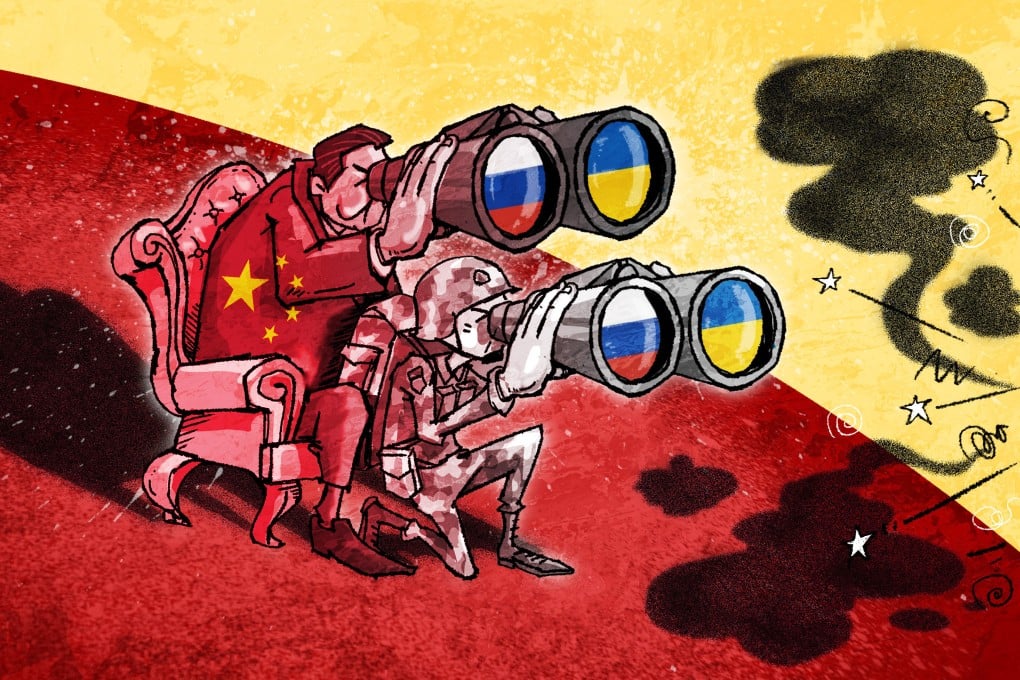Advertisement
Ukraine war, 1 year on: what lessons has China’s military learned?
- Observers say the conflict is a ‘golden opportunity’ to study modern warfare, particularly in the context of any Taiwan Strait action
- The unpredictability of war poses the formidable question for Beijing of how to win swiftly and decisively, they say
Reading Time:6 minutes
Why you can trust SCMP
99+

Russia’s invasion of Ukraine in February 2022 has led to tens of thousands of deaths on both sides and created Europe’s largest refugee wave since World War II. In this multimedia series marking the one-year anniversary of the conflict, we look at China’s response to what Russian President Vladimir Putin called a “special military operation” and its diplomatic, military, monetary and economic impact.
When Russian President Vladimir Putin and his Chinese counterpart Xi Jinping met before the Olympics opening ceremony in Beijing one year ago, the shadow of war already loomed large over Ukraine.
But few would have expected that the Ukraine-Russia war, launched by Putin three days after the Olympics ended, would last more than a year.
Advertisement
The general consensus was that Russian troops would roll over Ukraine’s defences within months and return to their barracks before the year’s end, if not in the summer.
But the fierce resistance of the Ukrainian army and people, a stronger-than-expected alliance among Western forces, and the charismatic leadership of Ukrainian President Volodymyr Zelensky surprised the world and denied Putin his desperately needed speedy victory.
Advertisement
The Ukraine-Russia war has provided a golden opportunity for Beijing’s top brass to learn the lessons of modern warfare, particularly in the context of any planned attack on Taiwan, the self-ruled island of 23 million, which Beijing has vowed to bring under mainland control, by force if necessary.
Advertisement
Select Voice
Choose your listening speed
Get through articles 2x faster
1.25x
250 WPM
Slow
Average
Fast
1.25x